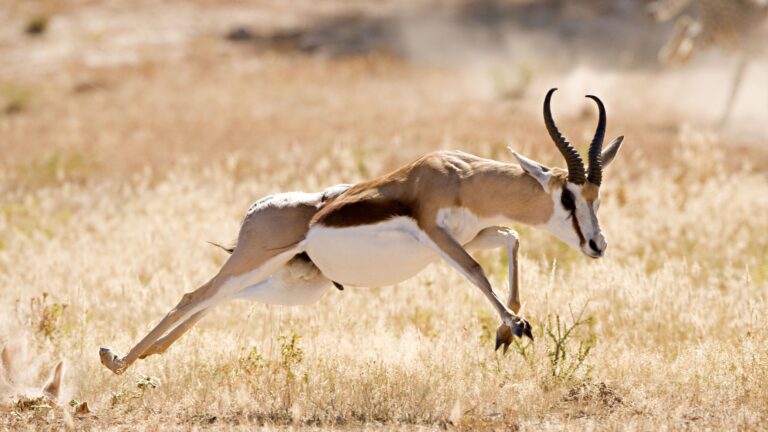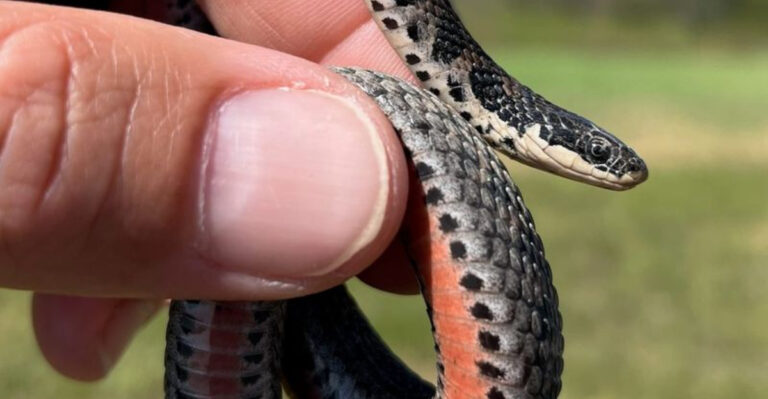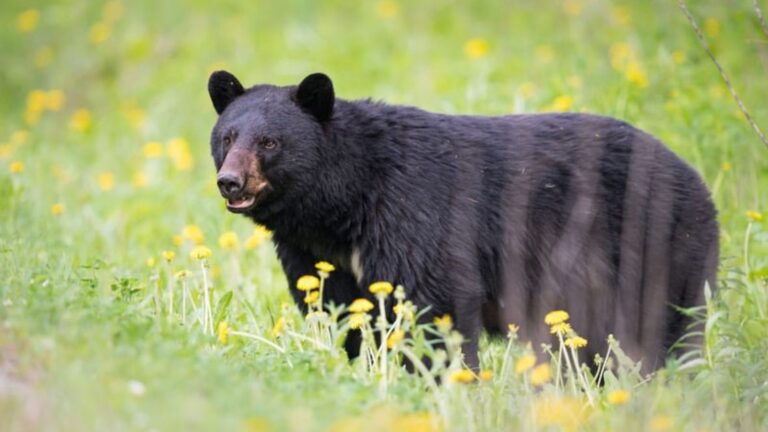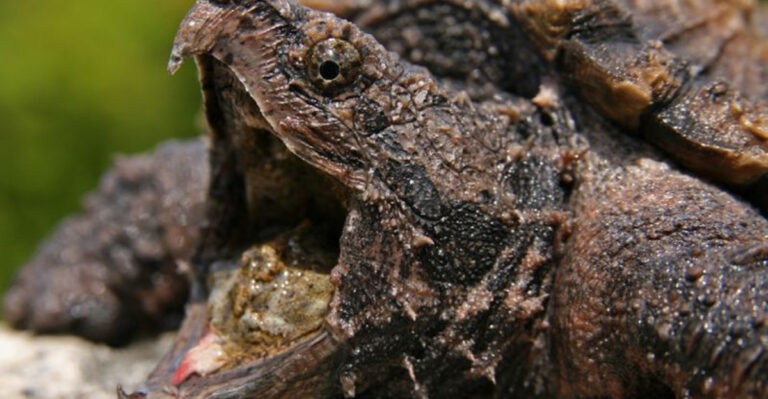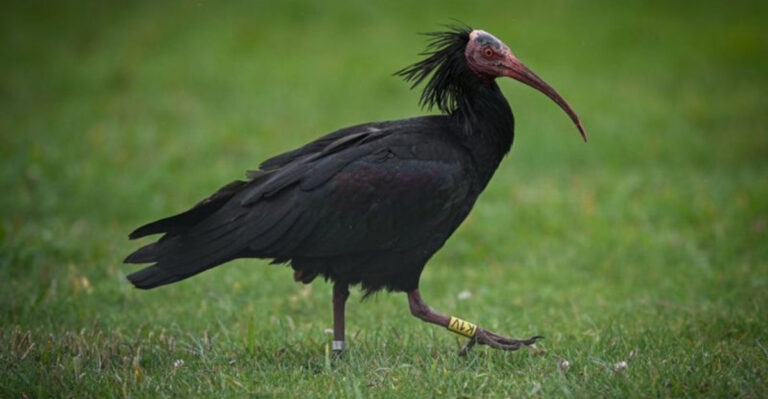44 Fun And Fascinating Horse Facts You Didn’t Know Before
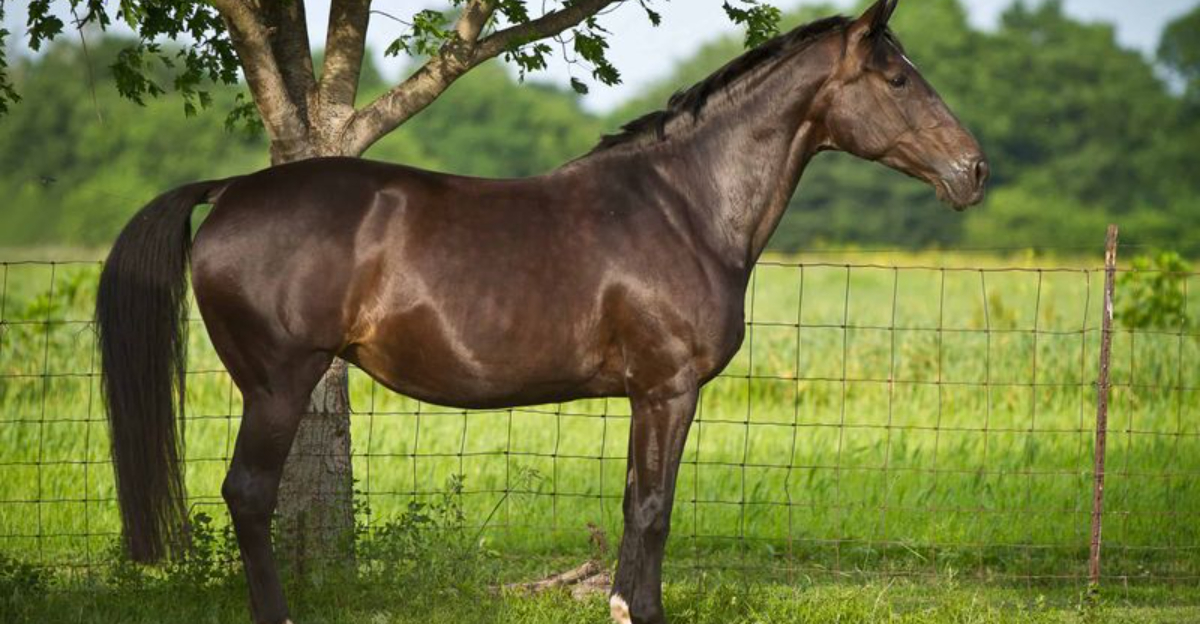
Horses have captivated humans for centuries with their grace, power, and intelligence. From their incredible speed to their deep emotional connections with people, there’s so much more to these majestic creatures than meets the eye.
Whether you’re a lifelong horse lover or just beginning to appreciate these beautiful animals, there are countless surprising facts about horses that will leave you amazed.
1. Hoofed Giants
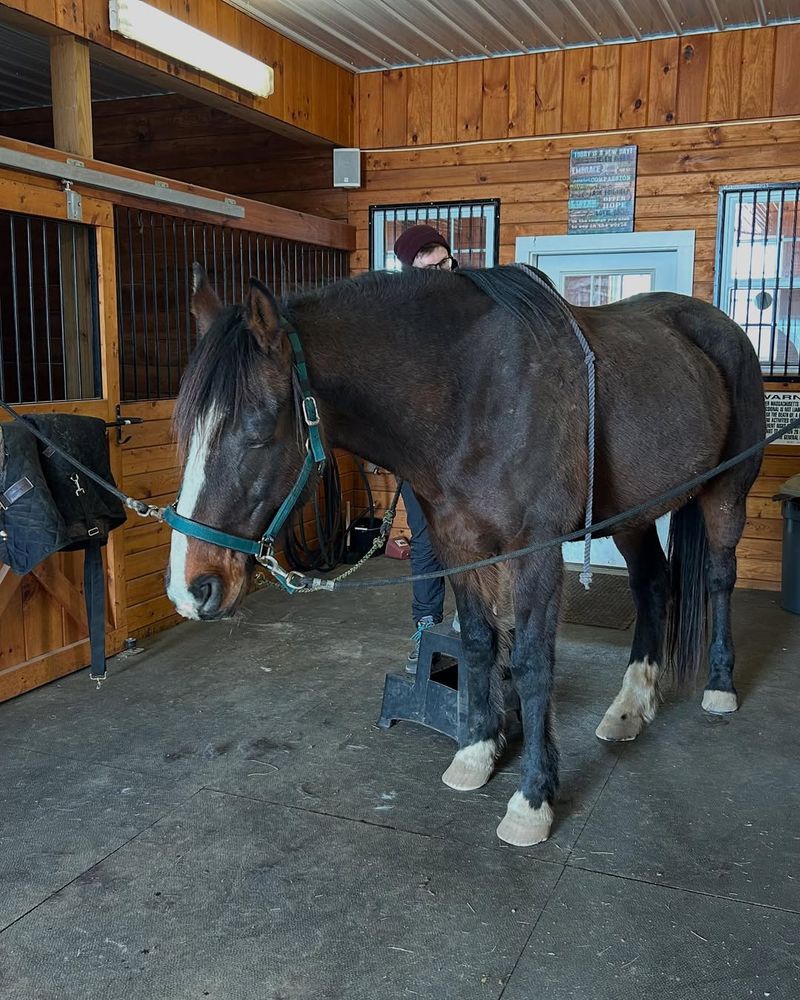
Some horse breeds, such as the Clydesdale and Shire, are known for their immense size and strength. These heavy draft horses have been essential to agriculture and transportation, particularly before the advent of modern machinery.
Their impressive physique and power made them invaluable workers, and today, they are often admired for their gentle nature and majestic presence in parades and shows.
2. Equine Intelligence
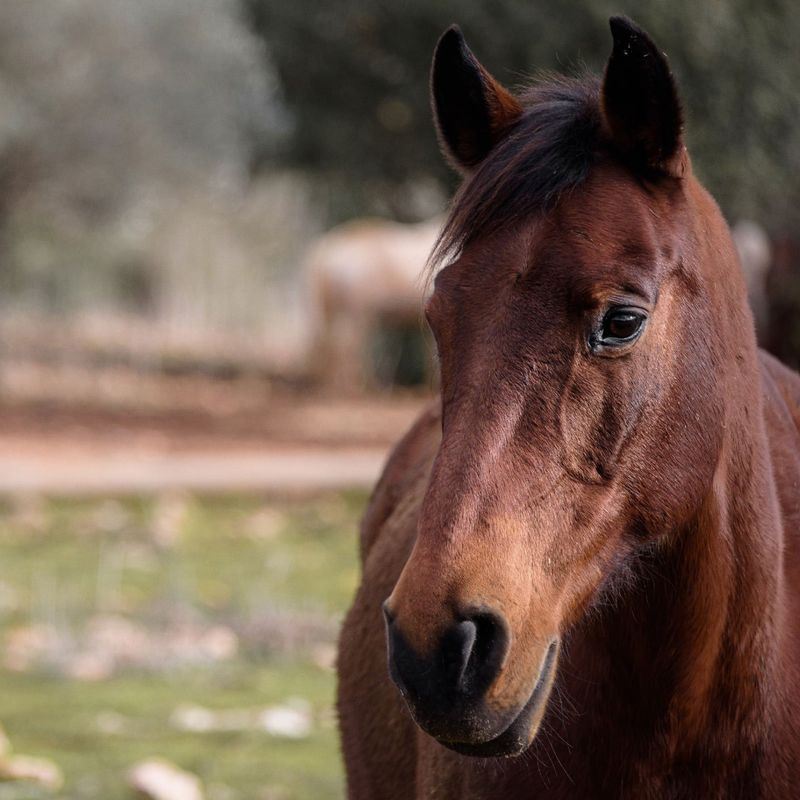
Horses are intelligent animals capable of problem-solving and learning new tasks. They can recognize patterns, understand cues, and respond to commands.
Their ability to learn quickly and adapt to different environments makes them valuable companions in a variety of settings, from farms to competitive arenas.
3. Unique Communication
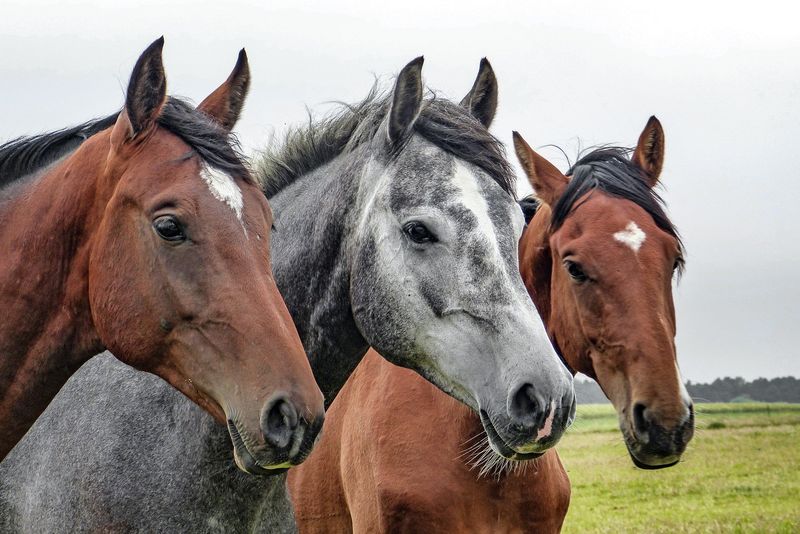
Horses communicate with each other and with humans through various vocalizations and body language. Their ears, for instance, can indicate their mood, whether they are curious, anxious, or content.
Horses can also use their whinnies and neighs to express excitement or distress, and their body posture plays a vital role in expressing emotions and intentions.
4. Horse-Drawn Carriages
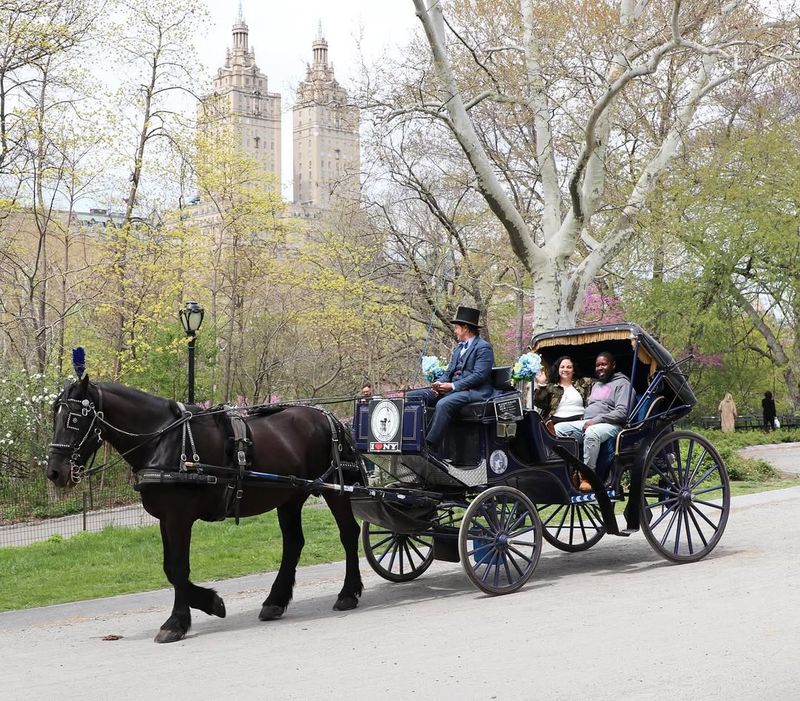
Horse-drawn carriages are a timeless and romantic mode of transport that dates back centuries. Once essential for daily travel and social events, carriages are now often used in ceremonial occasions, tours, and as a way to experience a slower pace of life.
The horses that pull these carriages are specially trained, and the tradition of using them remains a cherished part of many cultures, adding an air of elegance to the streets.
5. Ancient Origins
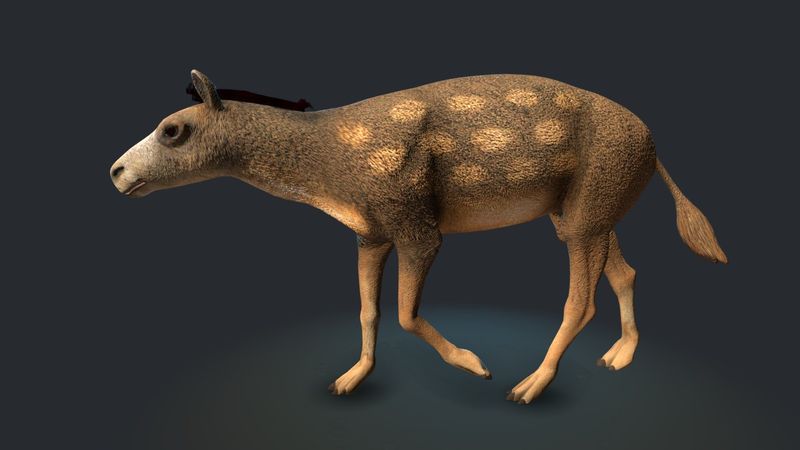
Horses have a long history dating back to over 5,000 years ago when they were first domesticated on the steppes of Central Asia.
These early domesticated horses became indispensable to humans, aiding in transportation, agriculture, and warfare. Over time, horses evolved alongside human societies and continue to play a vital role in cultures around the world.
6. Impressive Speed
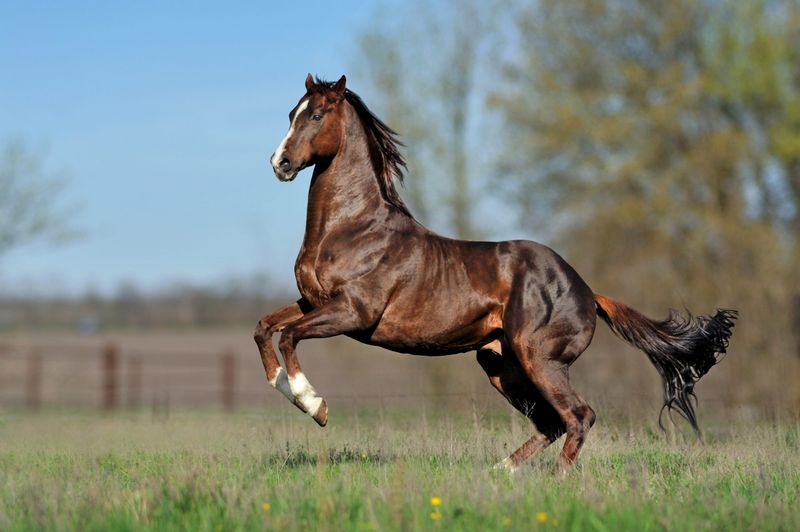
Known for their speed, horses are some of the fastest land animals, with certain breeds capable of reaching speeds up to 55 miles per hour in short bursts.
Their long, muscular legs and powerful strides allow them to outrun predators in the wild, and their speed makes them essential for racing and competitive equestrian sports.
7. Majestic Mane
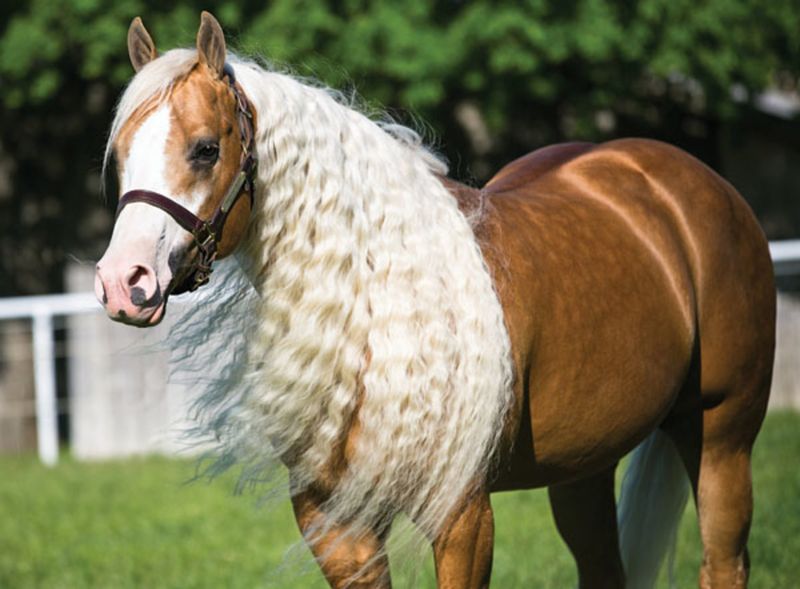
Horses’ manes are not only a striking feature but also serve a functional purpose. The mane helps protect the horse’s neck from insects and debris while also allowing them to maintain balance during high-speed movements.
Their flowing manes are often groomed and braided, making them a symbol of beauty and grace in equestrian culture.
8. Social Structure
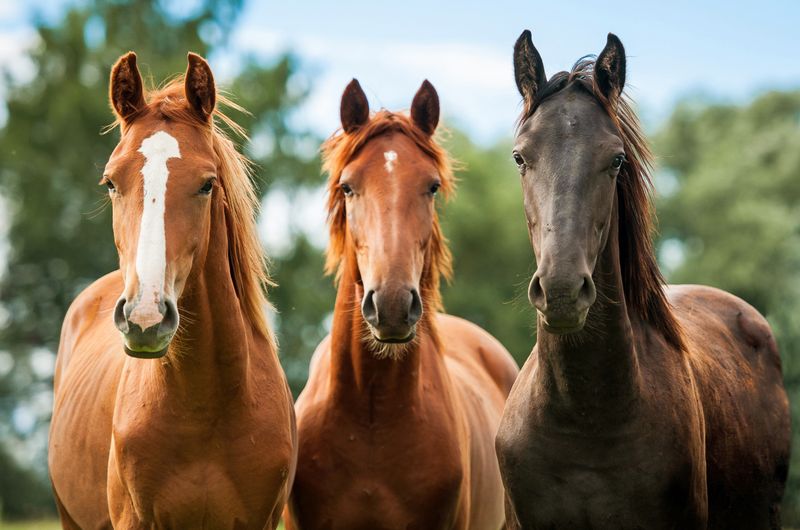
The social structure of a herd is crucial to a horse’s well-being. Horses are highly social animals that thrive in groups, with well-defined hierarchies.
They communicate within their herd, establishing bonds and forming close relationships. This social nature also extends to their interactions with humans, forming strong connections with their caretakers.
9. Colorful Coats
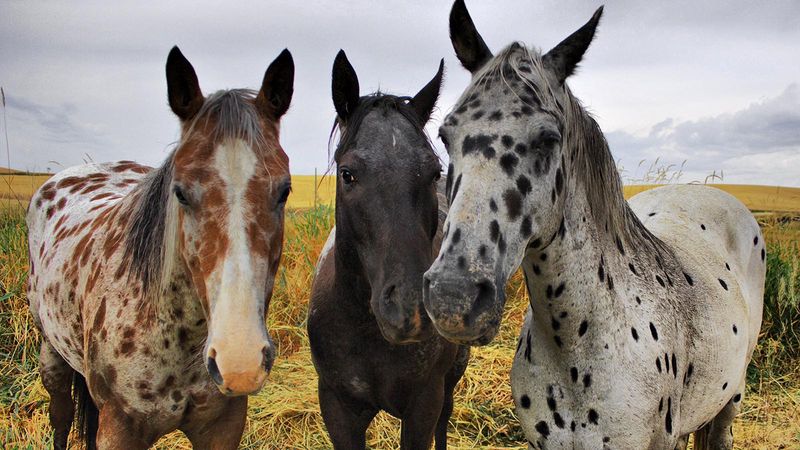
Horses come in a wide variety of colors and patterns, from solid coats to multicolored patches.
Common colors include bay, chestnut, black, and gray, while breeds like the pinto or appaloosa are known for their distinctive markings. These beautiful and unique coats are a hallmark of the diversity within the equine world.
10. Remarkable Endurance
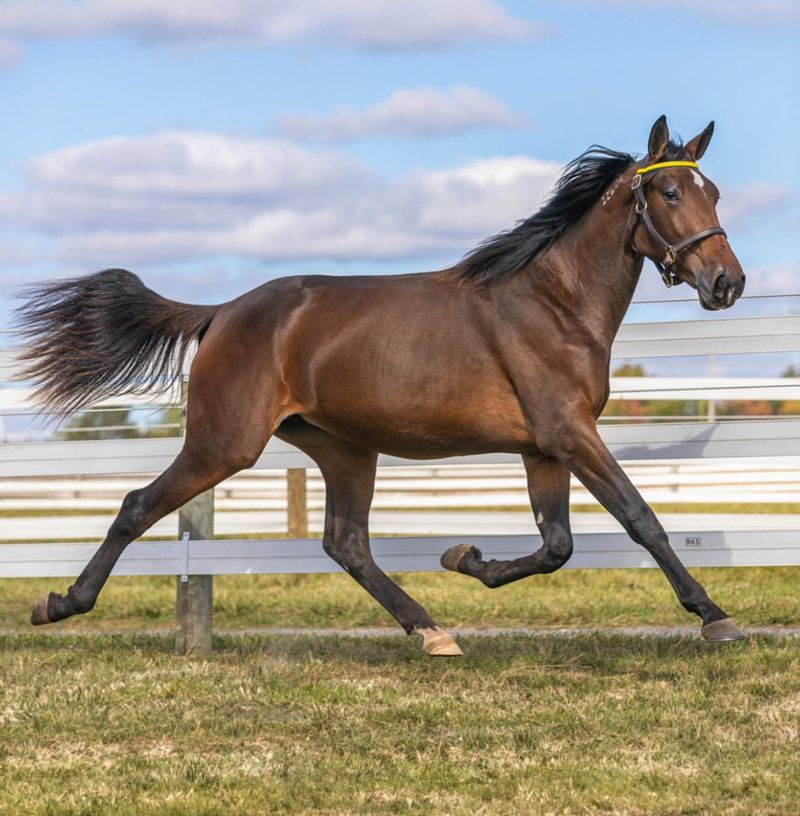
Horses are known for their remarkable endurance, able to sustain long rides and runs over long distances. Their stamina is an essential trait, particularly for breeds used in racing, endurance events, and working roles like herding cattle.
This endurance allows them to travel vast distances, historically enabling communication and trade across regions.
11. Sensitive Whiskers
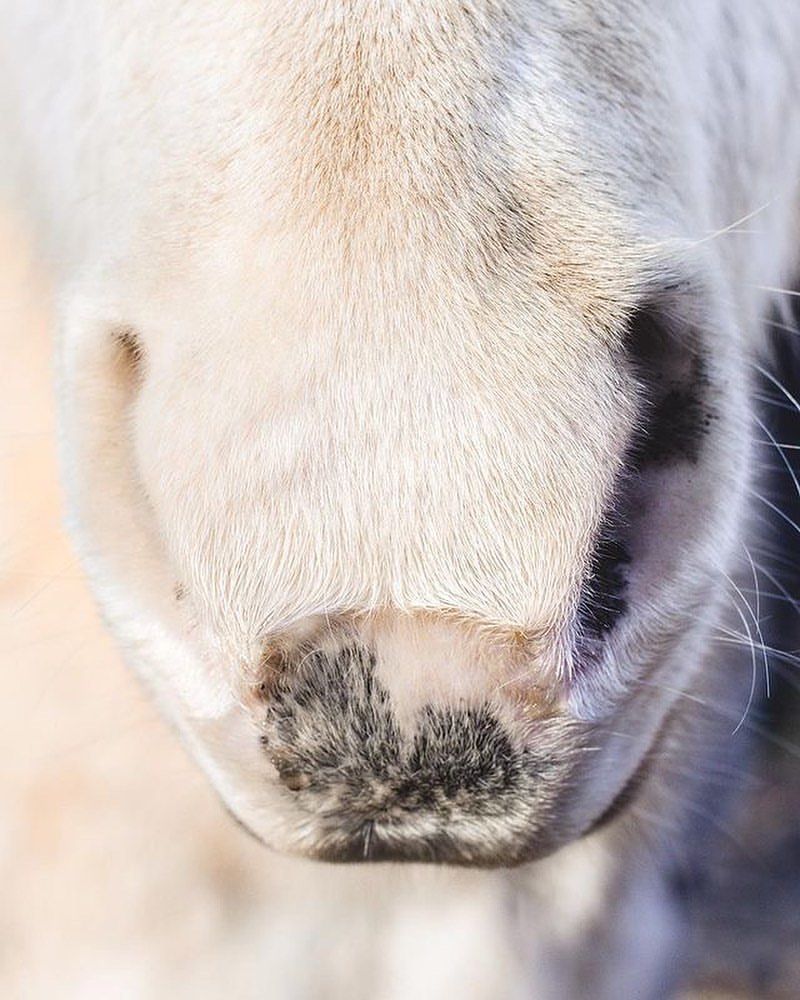
Horses’ whiskers, particularly those around their muzzle, are incredibly sensitive and help them navigate their surroundings.
These sensitive hairs allow horses to detect objects in their environment, contributing to their awareness of space and enhancing their ability to interact with humans and other animals.
12. Historical Significance
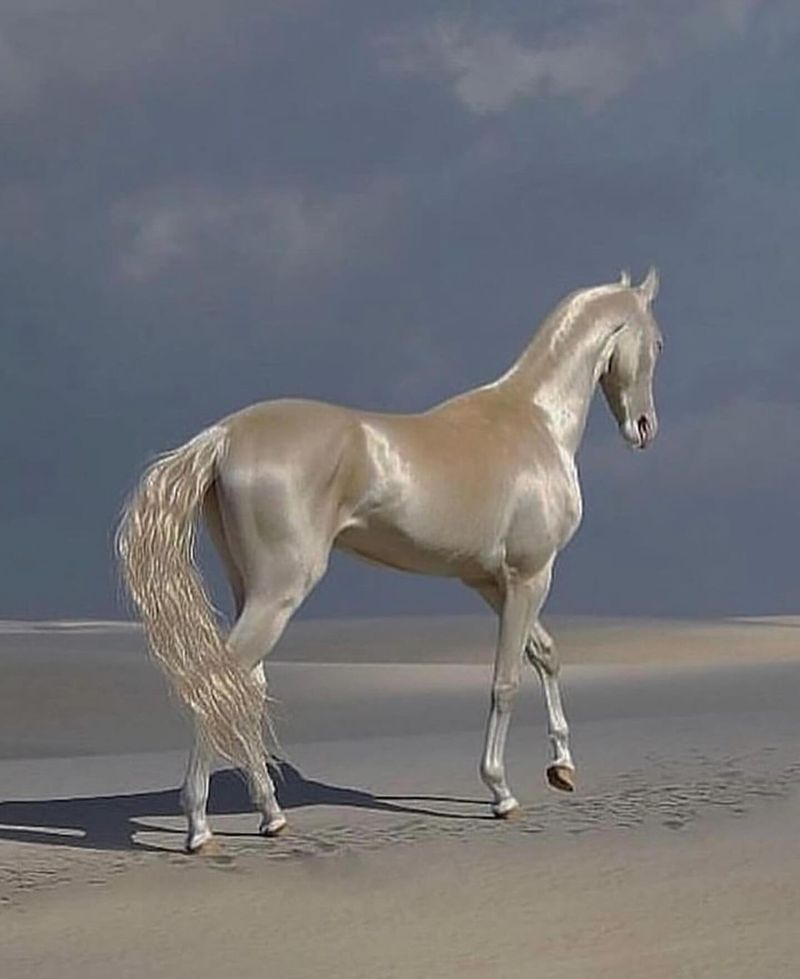
Throughout history, horses have played a significant role in human development, from transportation to war. They were essential to the success of ancient civilizations, used in chariot races, agricultural work, and as mounts for soldiers.
Their role in shaping cultures and civilizations is immense, making them symbols of power, strength, and freedom.
13. Versatile Breeds
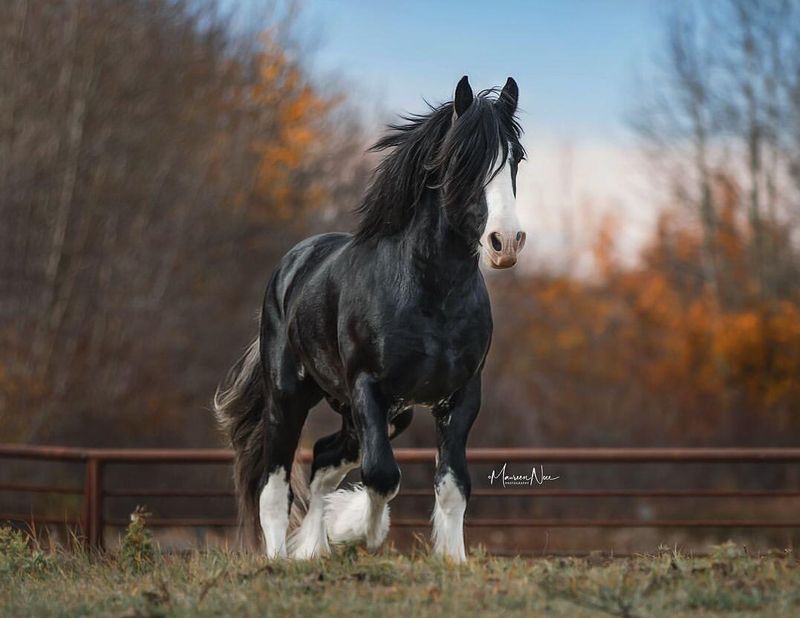
Horses come in a variety of breeds, each with its own unique set of characteristics and abilities.
Some breeds are fast, like the Thoroughbred, while others are known for their strength, like the Clydesdale. This versatility allows horses to serve in various capacities, including in racing, work, and leisure.
14. Evolving Diets
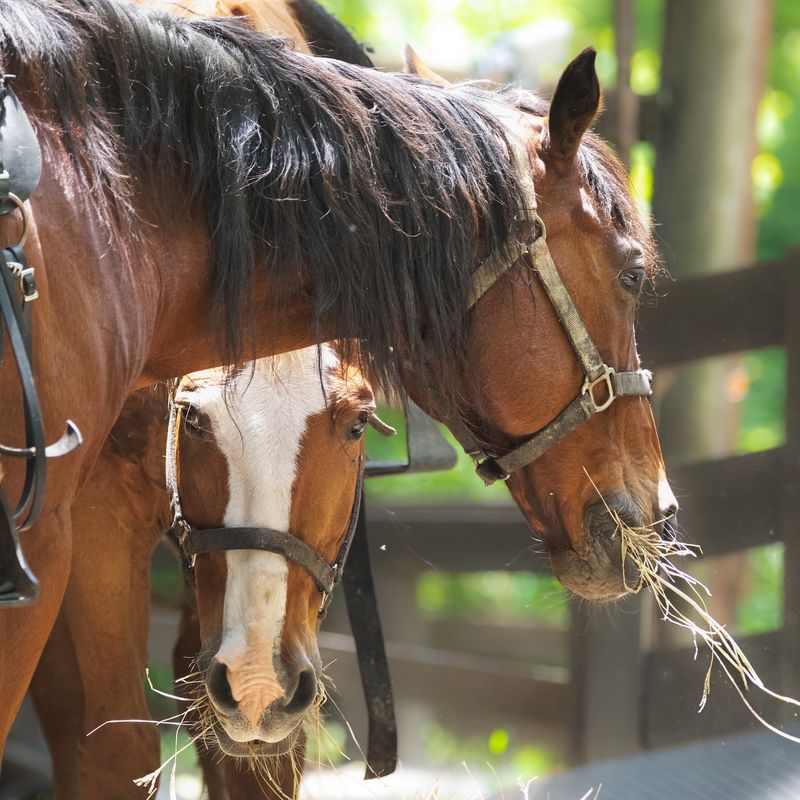
Horses’ diets have evolved alongside their domestication. While wild horses are grass grazers, domesticated horses may receive a variety of feed, including grains, hay, and specially formulated supplements.
Their evolving diets ensure they remain healthy and strong, whether for competitive performance or daily work.
15. Compelling Eyes
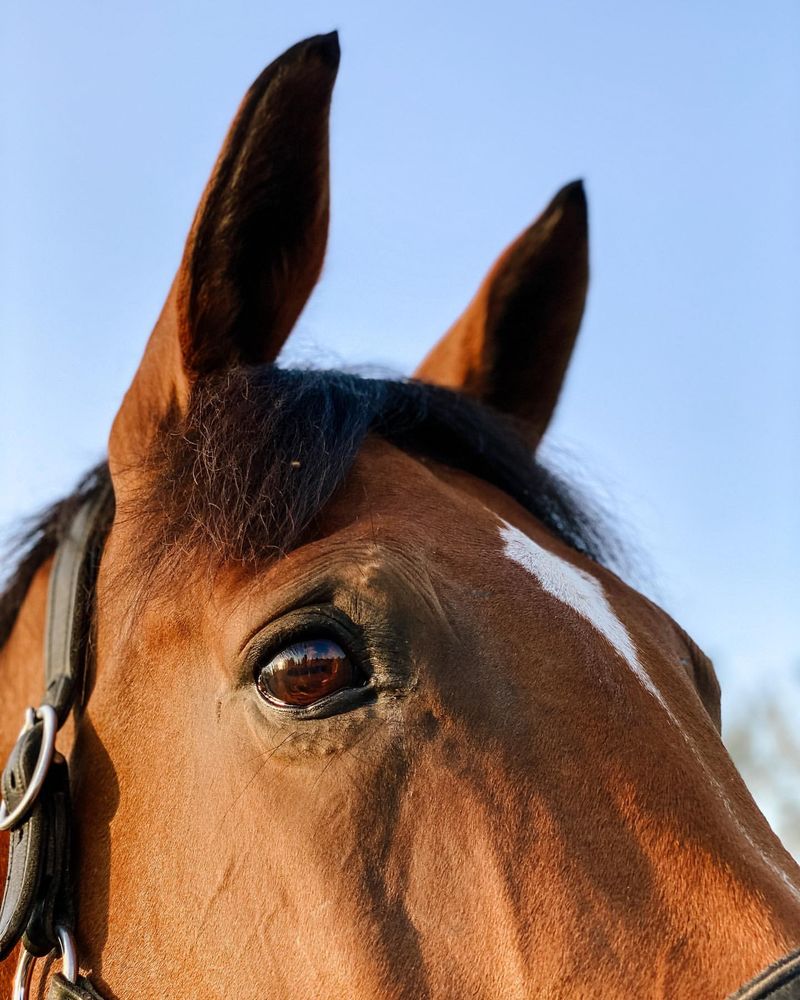
Horses have large, expressive eyes that can convey a variety of emotions. Their eyes are highly sensitive and adapted for spotting predators or changes in the environment.
They also play an important role in human communication, as horses are known to form deep emotional connections with their owners through eye contact and other visual cues.
16. Unique Gaits
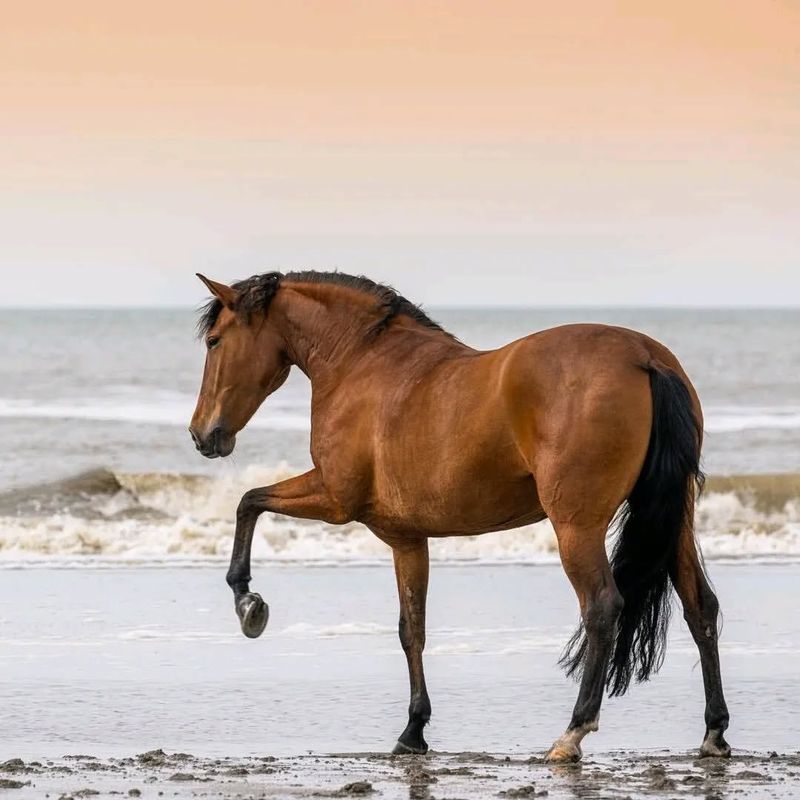
Known for their graceful movements, horses have unique gaits that set them apart from other animals. The walk, trot, canter, and gallop are the four primary gaits that horses use to move.
These gaits are essential for their speed, efficiency, and agility, allowing them to adapt to different environments, whether in the wild or in competition.
17. Sculpted Physique
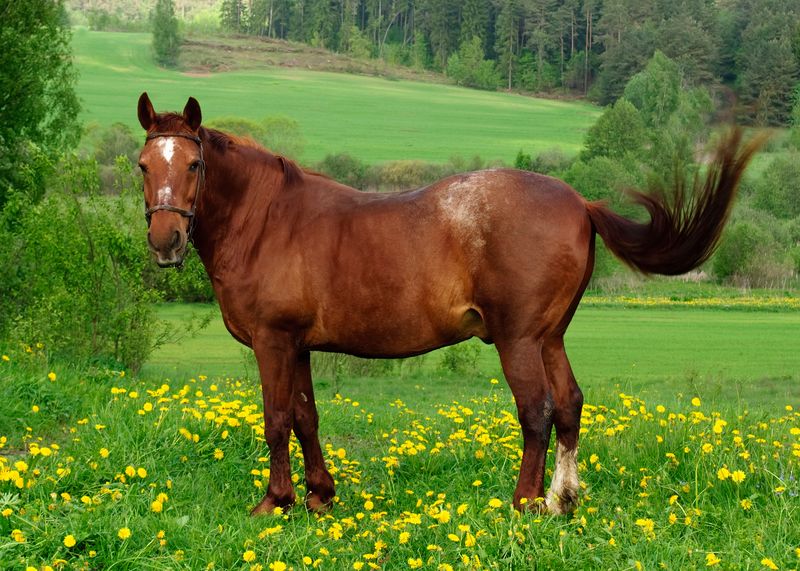
Horses possess a beautifully sculpted physique, with strong, muscular bodies built for speed and endurance. Their long legs and deep chests provide the strength needed to carry riders or pull heavy loads.
This combination of strength and grace makes them an exceptional and admired species.
18. Therapeutic Companionship
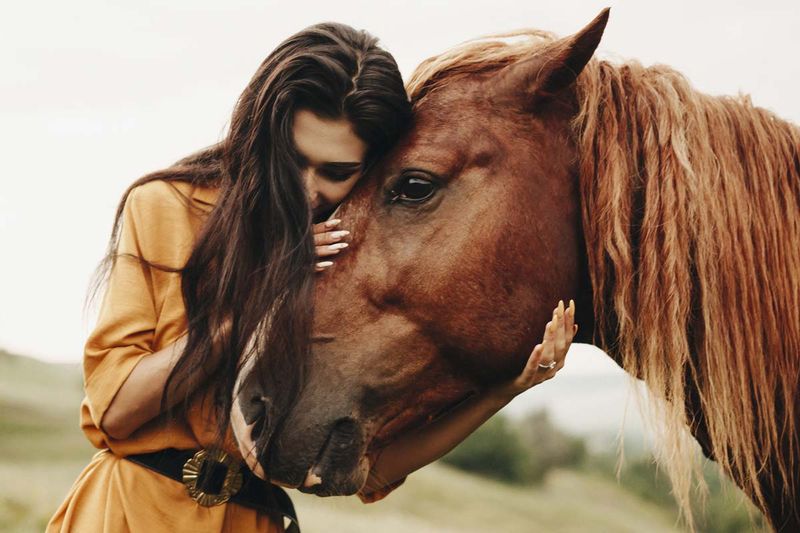
Horses have long been known for their therapeutic value, offering companionship and emotional support. Equine-assisted therapy has been shown to improve the mental and emotional health of people with disabilities, trauma, and anxiety.
Their gentle nature and ability to connect with humans provide a unique form of healing.
19. Noble Heritage
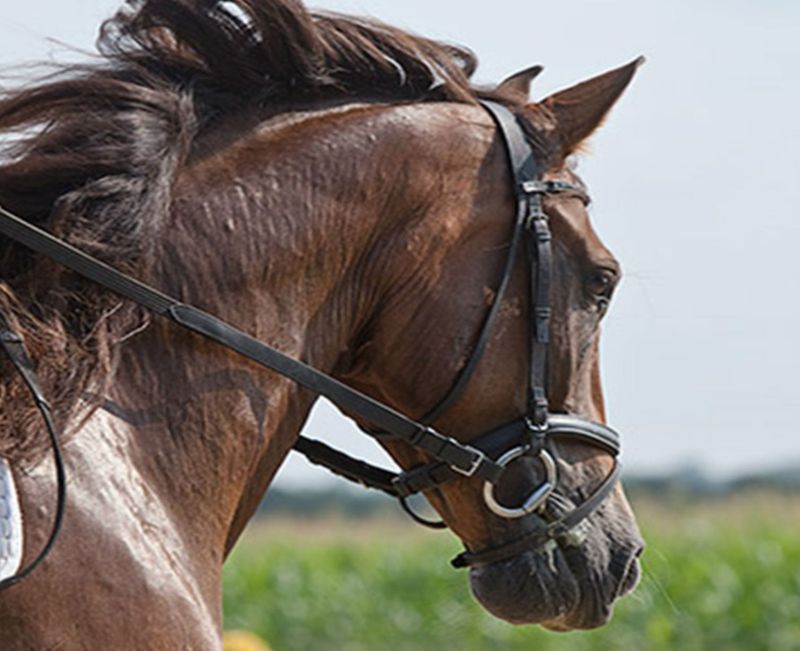
Horses come from a noble heritage, with many breeds originating from royal lineages or aristocratic circles. Their association with nobility and war dates back to ancient times, where they were symbols of power, wealth, and status.
This noble heritage continues today, with horses representing elegance and prestige in various cultural and sporting events.
20. Magical Unicorns
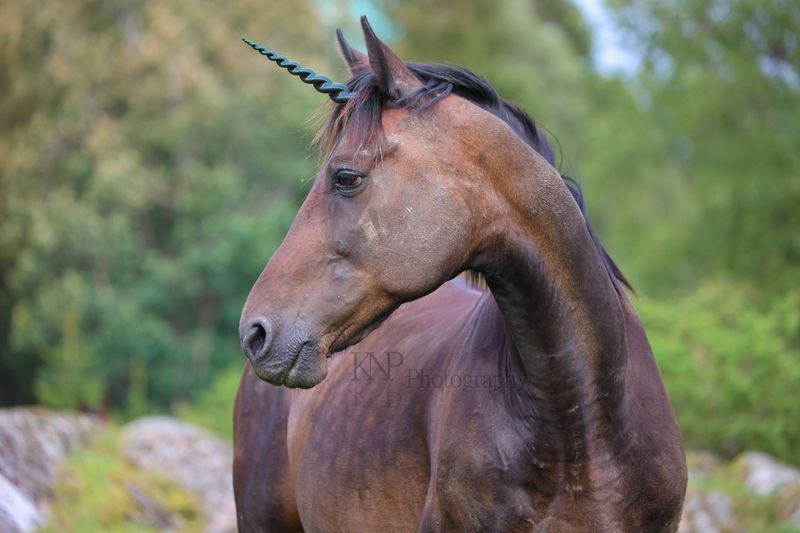
The myth of unicorns is believed to have been inspired by horses. The idea of a one-horned horse with magical properties has captured human imagination for centuries, making the unicorn a symbol of purity, mystery, and beauty.
Horses continue to embody grace and elegance, much like the mythical creatures they inspired.
21. Horse Whisperers
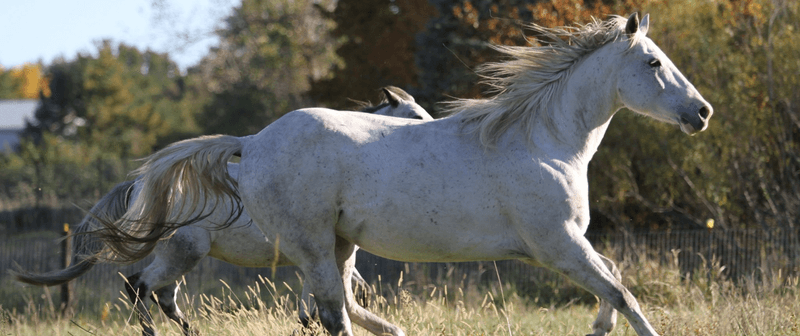
Horse whisperers, individuals with a natural ability to communicate with horses, are revered for their skill in understanding and connecting with horses on a deep level.
This intuitive bond between humans and horses can lead to enhanced training, better care, and more harmonious relationships between them.
22. Symbolism In Art
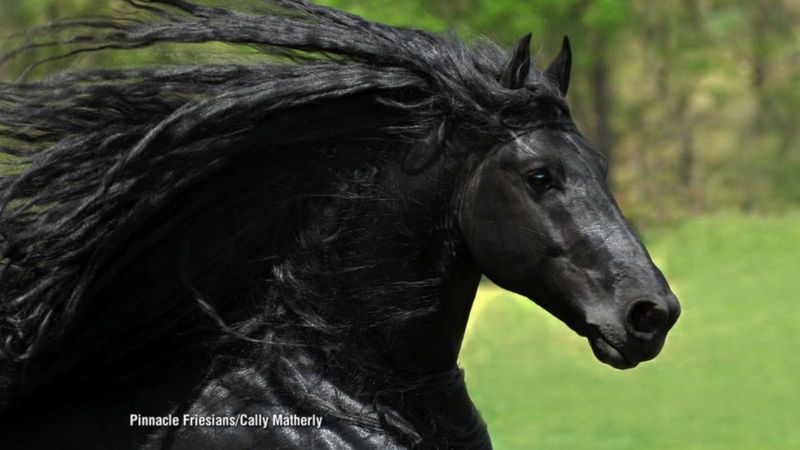
Horses have been symbols in art for centuries, often representing strength, freedom, and grace.
From ancient cave paintings to modern sculptures, horses have been depicted in various forms of art, signifying their importance in culture and their deep connection with humans throughout history.
23. Ecological Impact
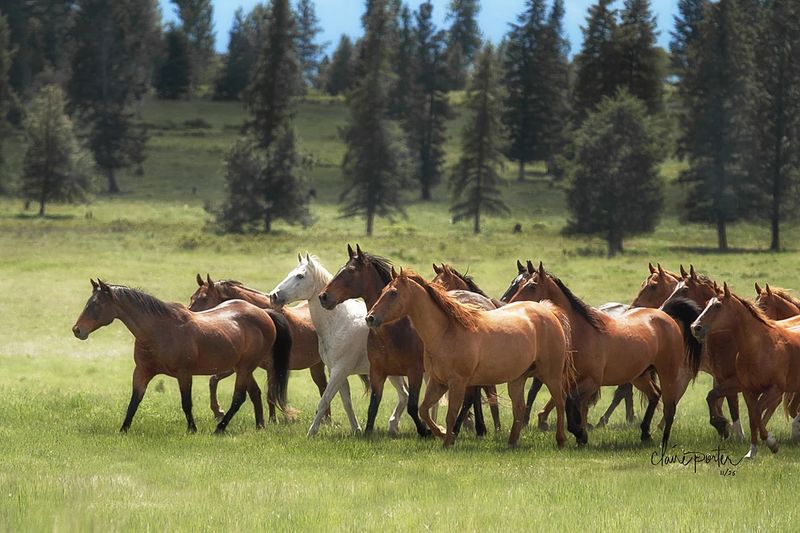
Horses play a crucial role in ecological systems, particularly in maintaining healthy grasslands. Their grazing patterns help control vegetation growth, which in turn supports the biodiversity of the ecosystem.
Horses’ presence in the wild also helps shape the landscape, creating habitats for various species.
24. Cultural Icons
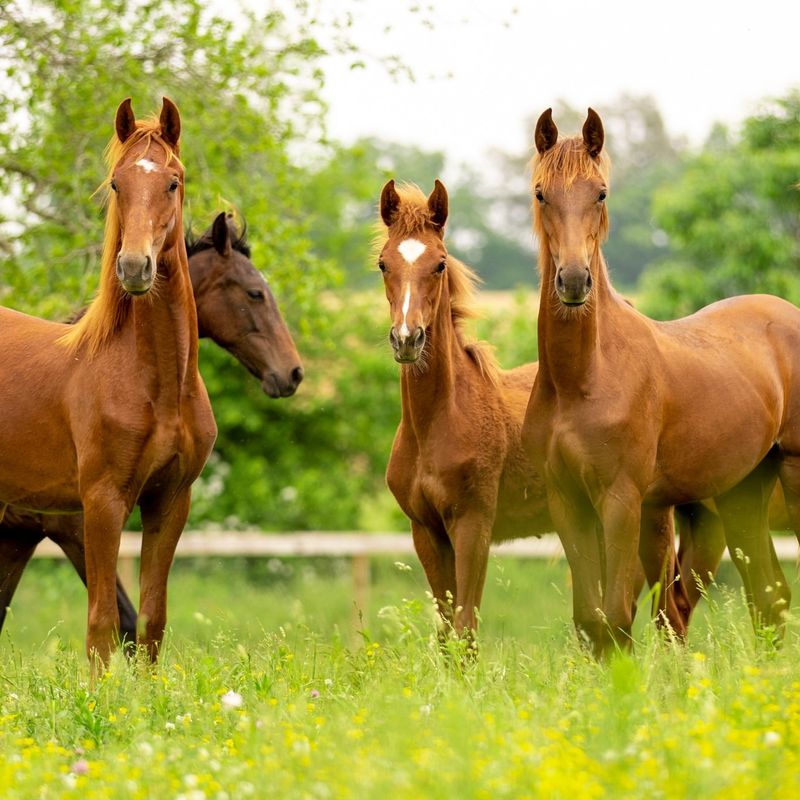
Cultural icons, horses have appeared in folklore, literature, and religion. They represent everything from heroism to independence and beauty, playing important roles in many stories and myths.
These creatures are often associated with freedom, strength, and adventure, shaping human culture in profound ways.
25. Innovative Training
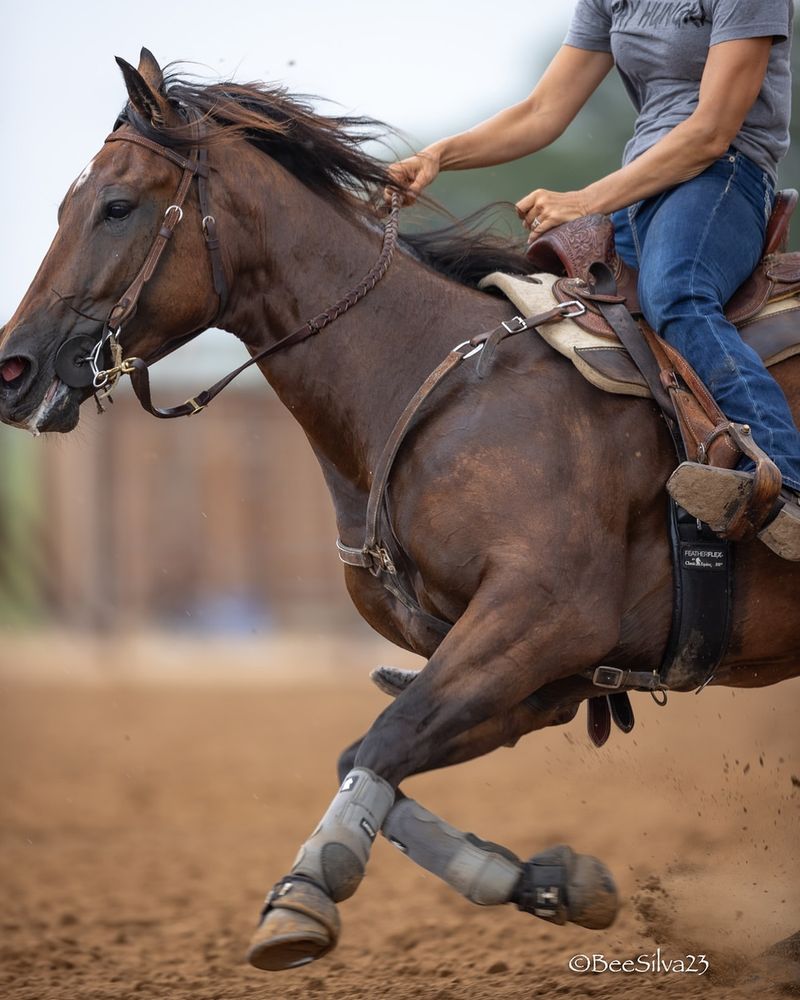
Innovative training methods, such as positive reinforcement and clicker training, have made significant advancements in how horses are taught.
These methods focus on building trust and communication, creating stronger bonds between horses and humans. As a result, horses are able to perform incredible feats, whether in sports or therapeutic settings.
26. Expressions Of Emotion
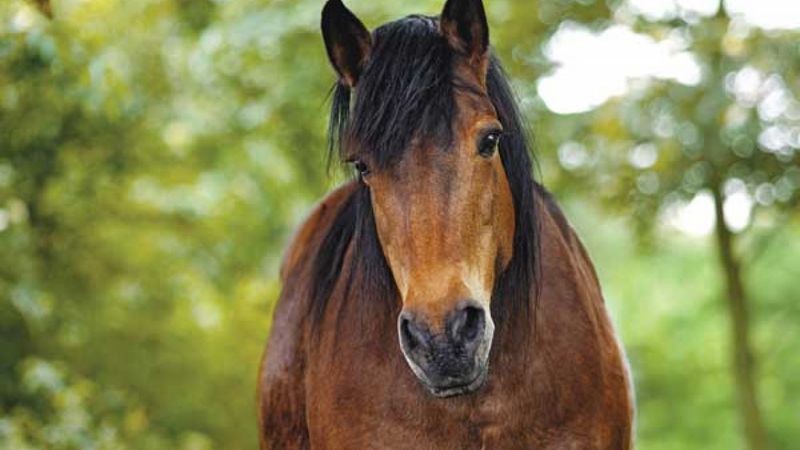
Horses express their emotions through various behaviors and actions. Their body language, from ear positions to tail movements, provides insight into their mood.
This emotional intelligence allows them to communicate their feelings to humans and other animals, fostering deeper connections and understanding.
27. Equestrian Sports
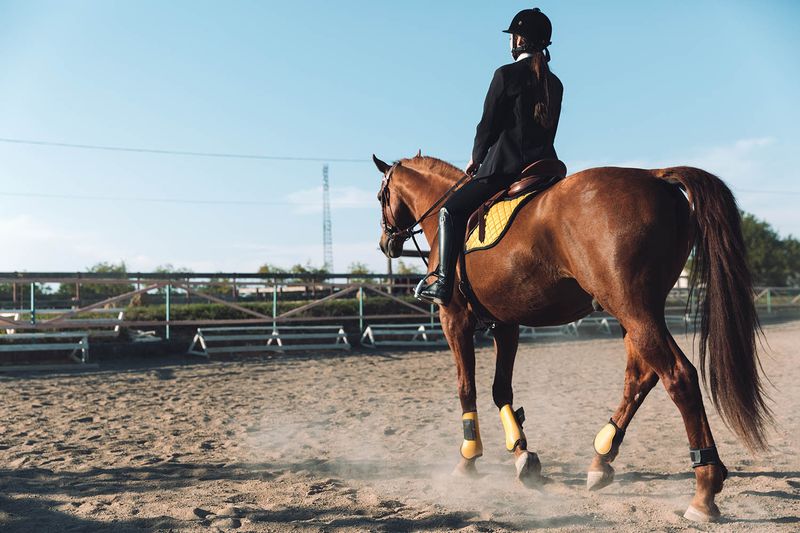
Equestrian sports, such as show jumping, dressage, and polo, highlight the incredible partnership between humans and horses.
These competitive events demonstrate the skill, precision, and agility of both the horse and rider, showcasing their bond and the horses’ impressive physical abilities.
28. Equine Anatomy
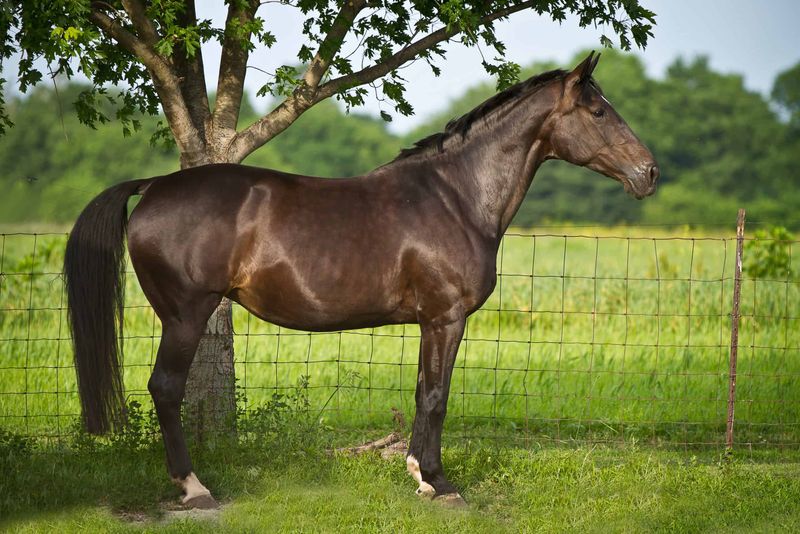
The equine anatomy is specifically designed for speed and endurance, with strong, powerful legs, a deep chest for lung capacity, and a flexible back that helps them move with agility.
Their bodies are built for both power and grace, allowing them to perform a variety of tasks, from carrying loads to excelling in racing.
29. Adaptation To Environment
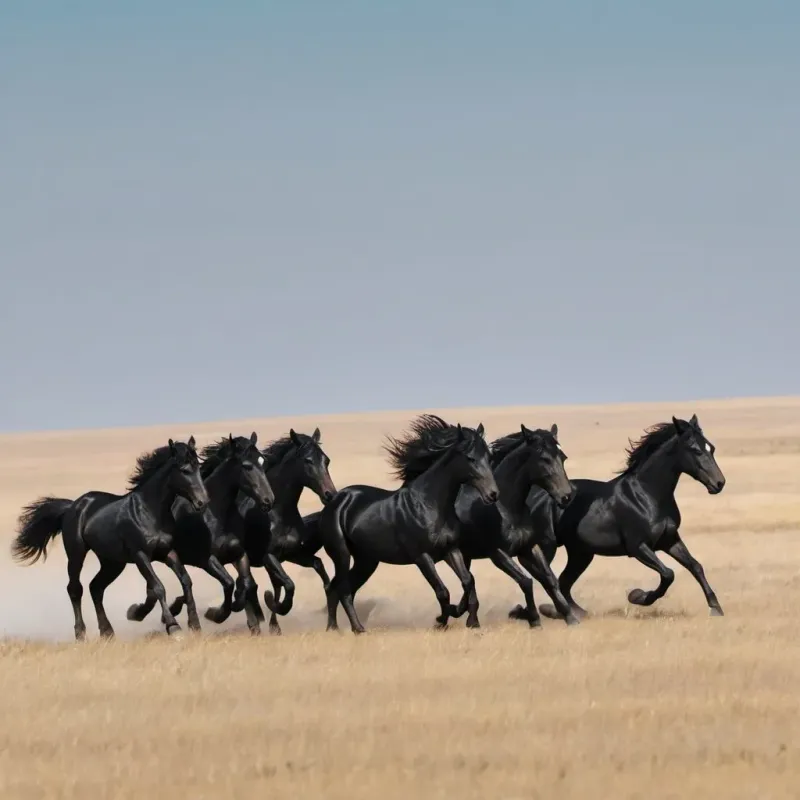
Horses have adapted to a wide range of environments, from the freezing tundra to the hot deserts. Their ability to thrive in diverse climates speaks to their resilience and strength.
Whether they are working in farms, traveling vast distances, or racing on tracks, horses have shown remarkable adaptability to their surroundings.
30. Fascinating Reproduction
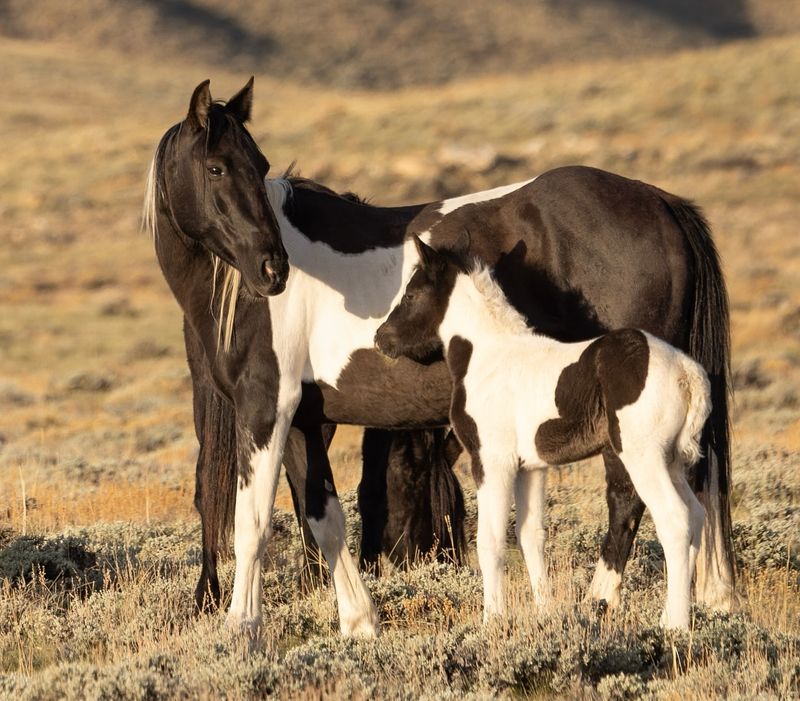
Fascinating reproduction processes occur in horses, with foals being born after an 11-month gestation period.
Foals are born with their eyes open and are able to stand and nurse shortly after birth. The bond between a mother and her foal is strong, and the foal quickly learns from its mother and the rest of the herd.
31. Bond With Humans
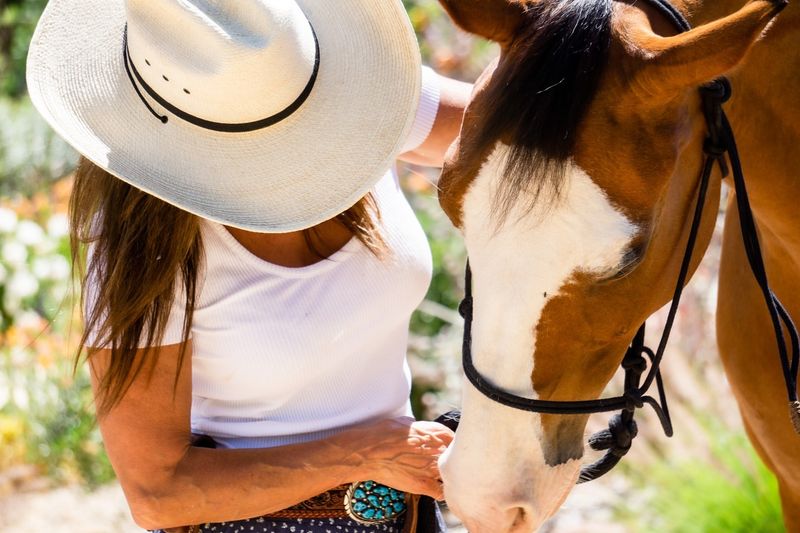
The bond between humans and horses is one of the most unique and special relationships in the animal kingdom.
Horses form deep emotional connections with their owners, and the trust developed between them is remarkable. This bond allows for communication, cooperation, and companionship that is central to their interactions.
32. Equine Senses
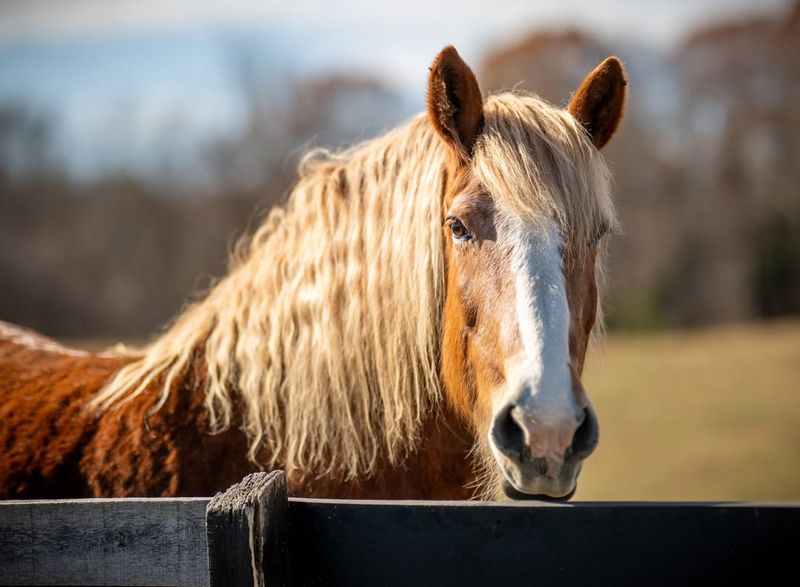
Horses rely heavily on their senses, particularly their keen sense of hearing and smell.
They can detect sounds and scents from miles away, helping them stay alert to predators or changes in their environment. These acute senses make them incredibly aware and responsive to their surroundings.
33. Winter Coats
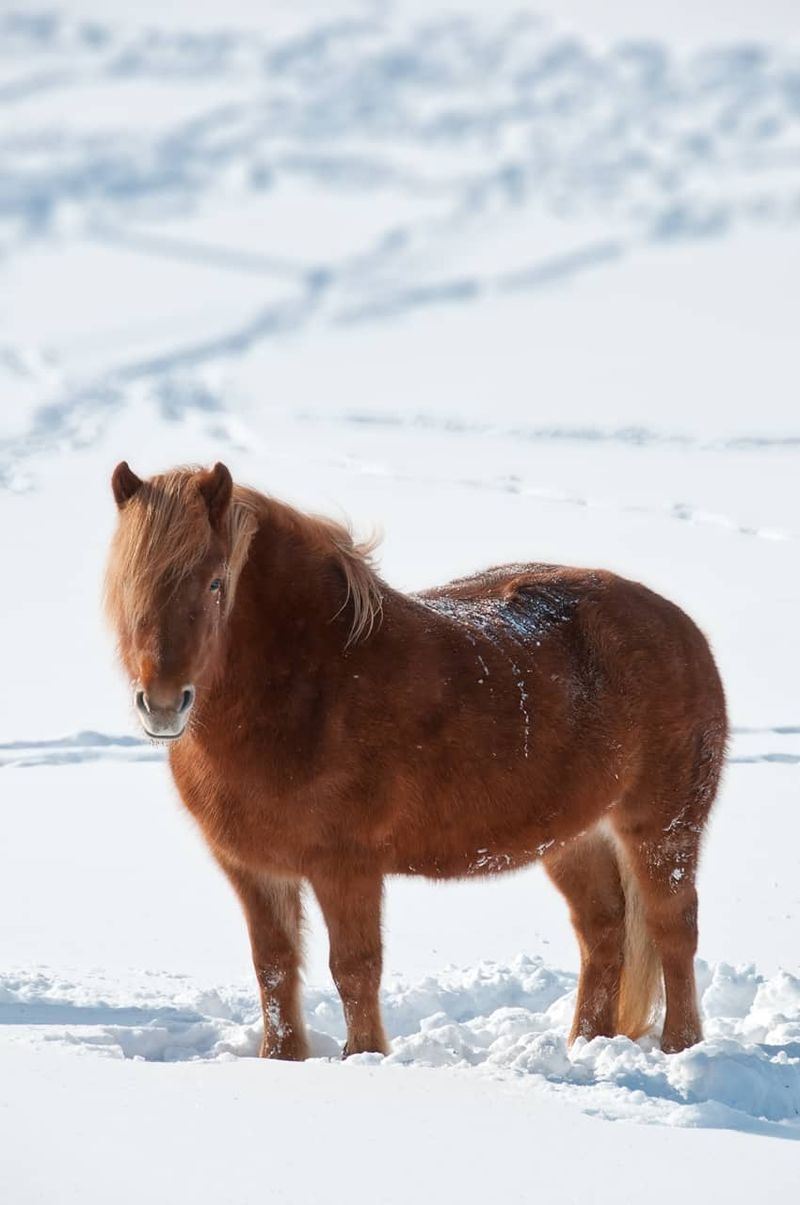
Winter coats are a natural adaptation for many horses, particularly those in colder climates.
As the weather turns chilly, their coats thicken to provide insulation, keeping them warm during the winter months. Horses naturally shed their thick winter coats in the spring, adapting to warmer temperatures.
34. Herd Mentality
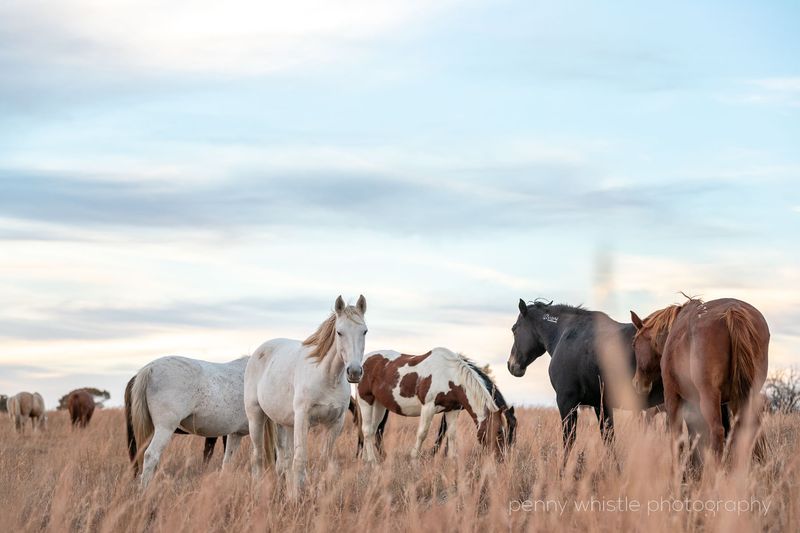
Horses have a strong herd mentality, relying on the safety and security of their group for protection.
They are highly social animals that prefer to live in groups, and their behavior is influenced by the dynamics of the herd. Their instinct to stick together helps them survive in the wild.
35. Horse Care
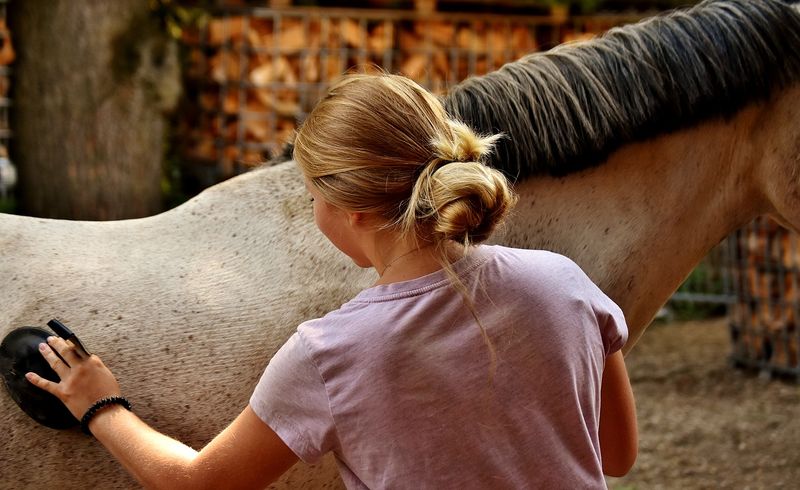
Proper horse care is essential for their health and well-being. This includes feeding them a balanced diet, providing clean water, grooming, and regular veterinary care.
Horses require regular exercise, mental stimulation, and social interaction to stay healthy and happy.
36. Biological Clocks
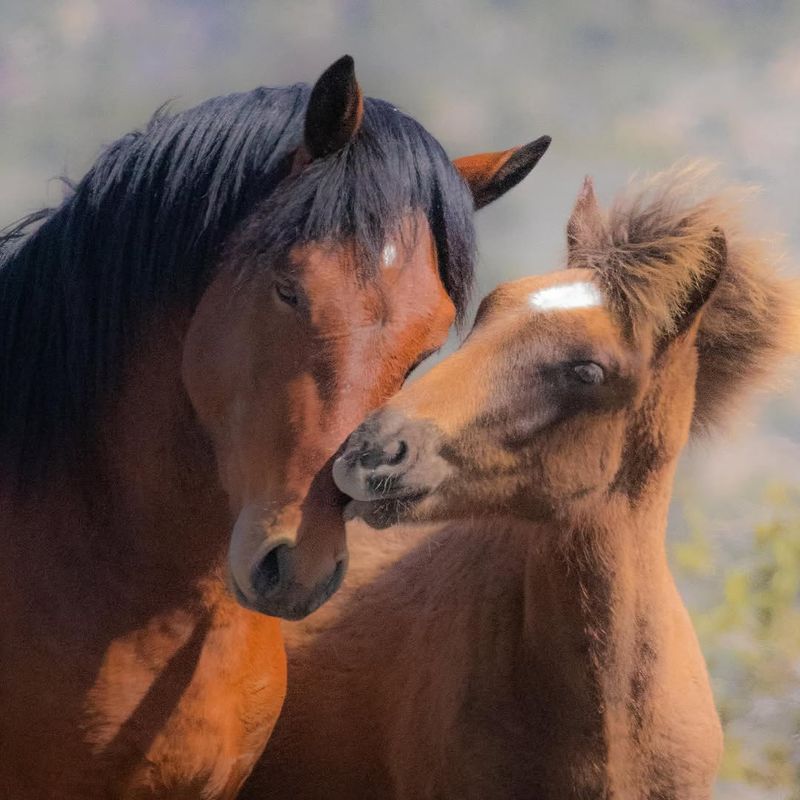
Biological clocks are integral to a horse’s daily routine, influencing their feeding, activity, and resting cycles.
Horses are crepuscular, meaning they are most active during dawn and dusk, and their bodies naturally adjust to the rhythm of the day. Understanding their biological clock is key to providing the best care.
37. Hoof Care
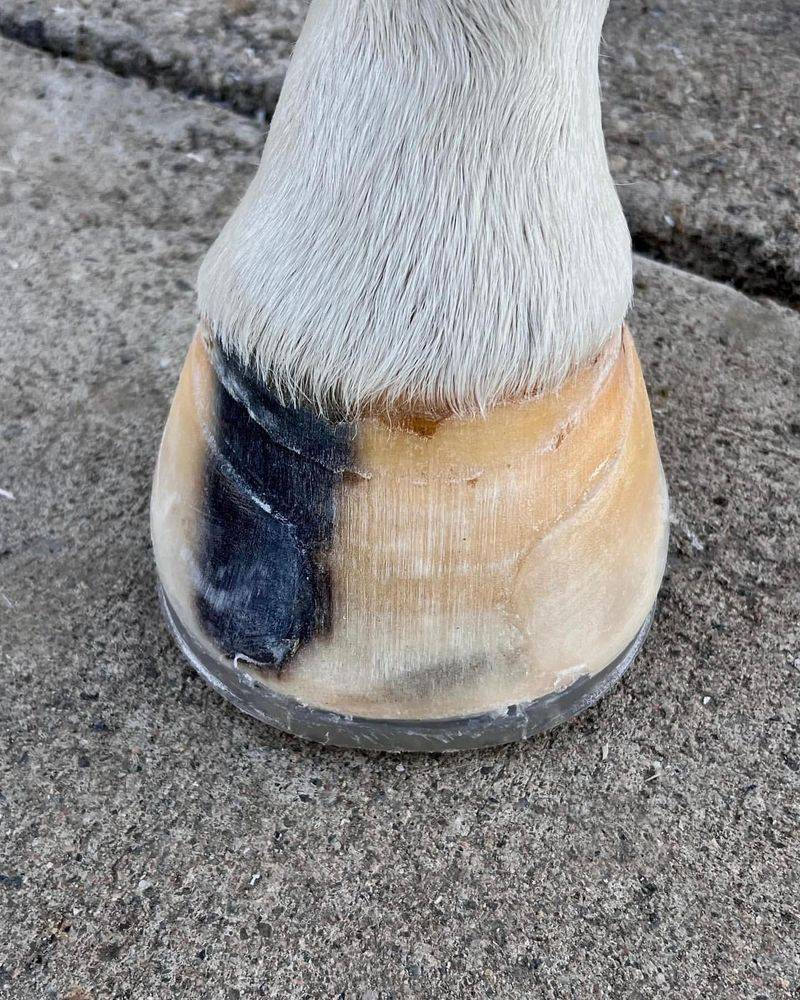
Hoof care is crucial for horses’ health, as their hooves are essential for their mobility and well-being. Regular hoof trimming and inspection are necessary to prevent conditions like laminitis or infections.
Horses rely on strong, healthy hooves to perform their tasks, whether they’re racing, working, or enjoying leisure activities.
38. Rescue And Rehabilitation
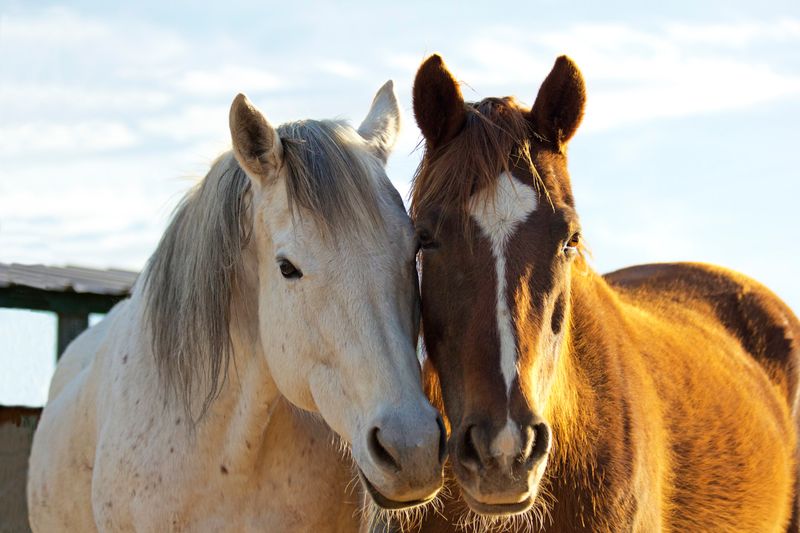
Rescue and rehabilitation of horses is a vital part of ensuring their welfare, particularly for abandoned or mistreated animals.
Many organizations specialize in rescuing horses, providing medical care, training, and a safe environment for recovery. Rehabilitation programs help horses regain trust in humans and prepare for new homes.
39. Horse Museums
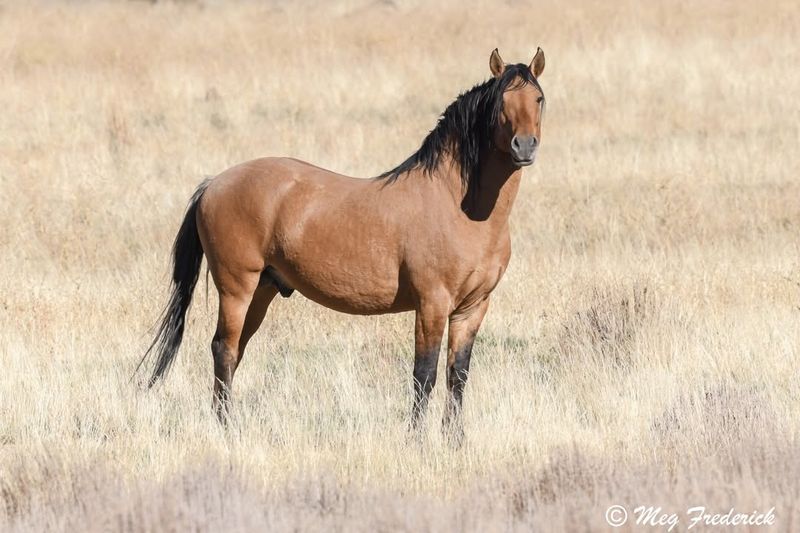
Horse museums around the world showcase the rich history and cultural significance of horses.
These museums preserve artifacts, artwork, and historical documents that highlight horses’ roles in various societies, from their use in agriculture and transportation to their presence in royal courts and warfare.
Visitors can learn about the breeds, equipment, and famous horses that have shaped human history.
40. Horse Racing

Horse racing is one of the oldest and most thrilling equestrian sports, with a history that dates back thousands of years. It is a test of speed, skill, and endurance, where horses compete to cross the finish line first.
From prestigious events like the Kentucky Derby to international races like the Grand National, horse racing continues to captivate audiences and showcase the agility and power of these incredible animals.
41. Endangered Breeds
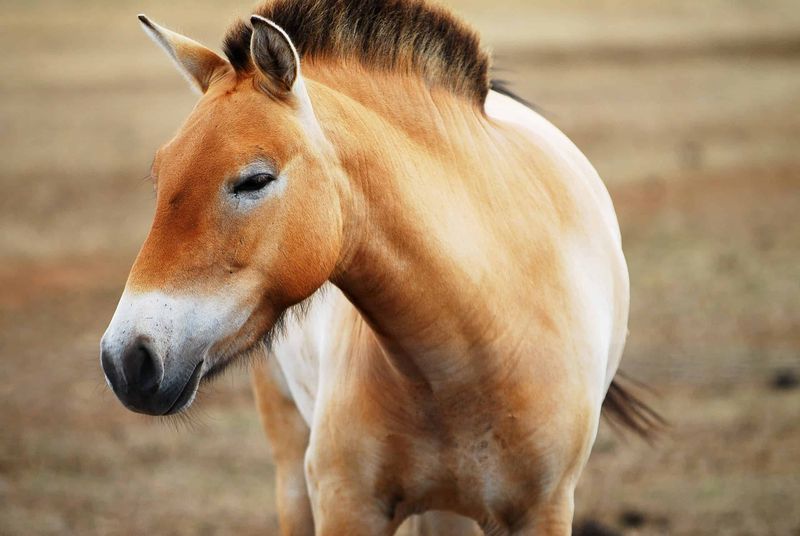
Some horse breeds are at risk of extinction due to declining numbers and loss of natural habitats. Breeds such as the Suffolk Punch, Eriskay Pony, and Caspian Horse are among those that have become endangered, requiring conservation efforts to preserve their genetic diversity.
Through careful breeding programs and awareness campaigns, these breeds can be saved, ensuring their place in the equine world for future generations.
42. Famous Horses
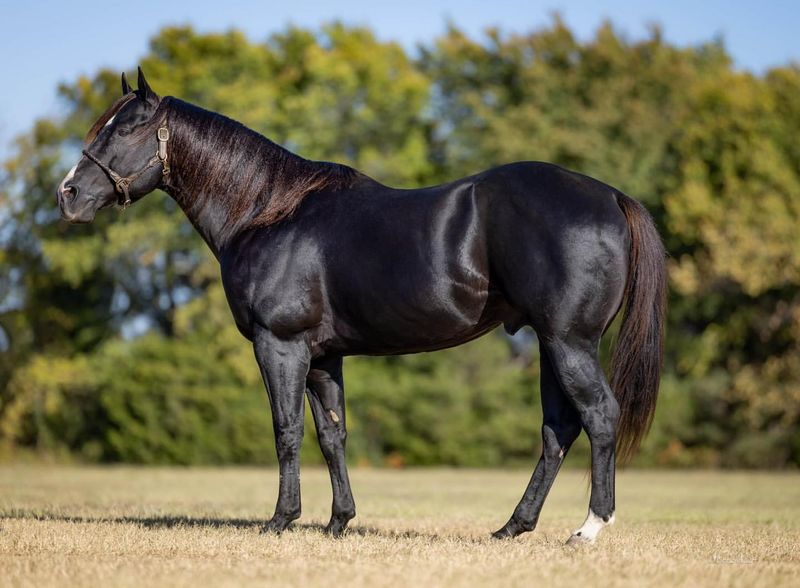
Throughout history, certain horses have gained legendary status due to their extraordinary achievements and symbolic significance.
Horses like Secretariat, the legendary racehorse, and Trigger, Roy Rogers’ faithful companion, have captured the hearts and imaginations of people around the world. These famous horses have become icons, representing the strength, loyalty, and grace of their species.
43. Horses And Their Unique Sleep Patterns
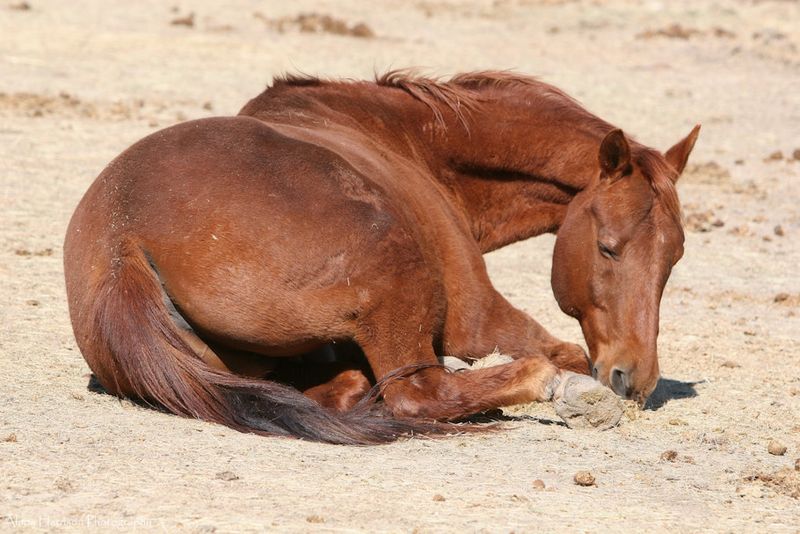
Did you know that horses have a unique way of catching up on sleep? Unlike humans, they can sleep while standing! This incredible ability is due to a special locking mechanism in their legs, called the stay apparatus, which allows them to relax without collapsing.
Horses do lie down to achieve REM sleep, but standing sleep ensures they can quickly escape predators. This remarkable adaptation reflects their natural instincts to survive in the wild.
Next time you see a horse standing calmly in a field, it might just be enjoying a peaceful nap!
44. The Curious Case Of Horse Teeth
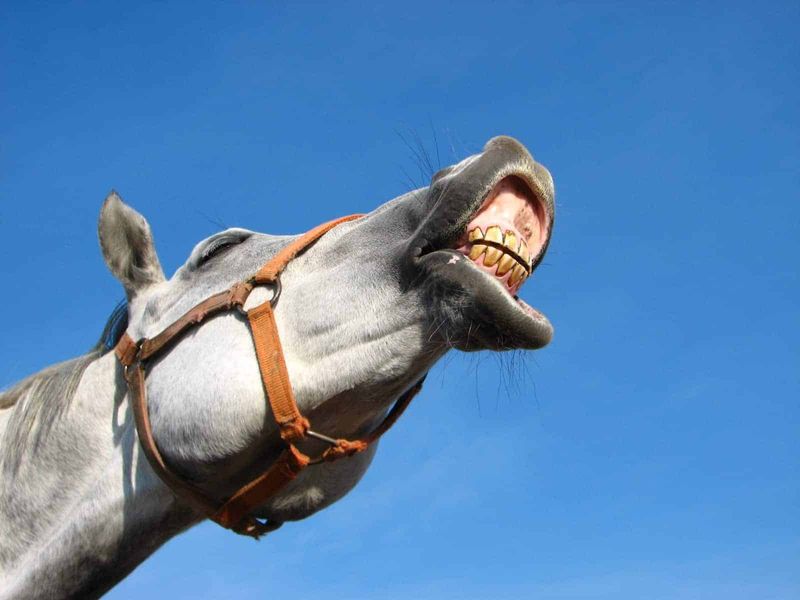
Ever heard the phrase “long in the tooth”? It’s inspired by horses! As horses age, their teeth continue to grow, which is why checking a horse’s teeth can help determine its age.
Their teeth serve another fascinating purpose—they’re essential for grazing. With up to 44 teeth, horses are well-equipped to grind down hard grasses and fibrous plants.
This dental peculiarity not only aids in survival but also adds character to these magnificent animals. So, a horse’s smile is more than just charming; it’s a window into its life story.

